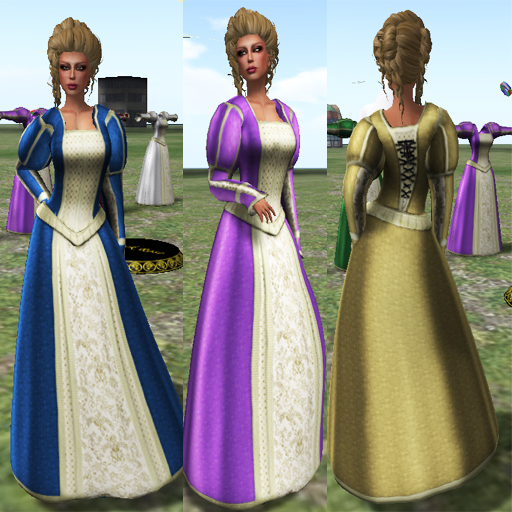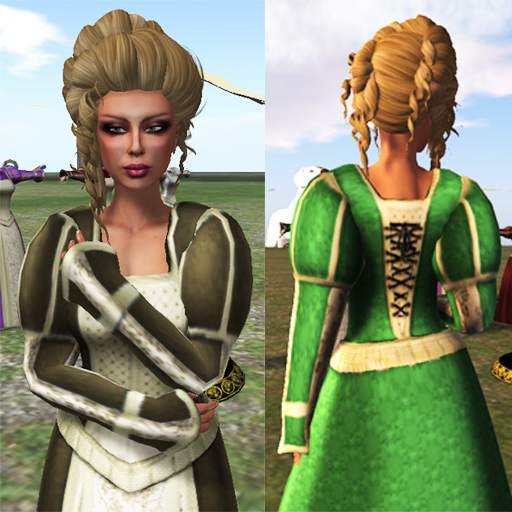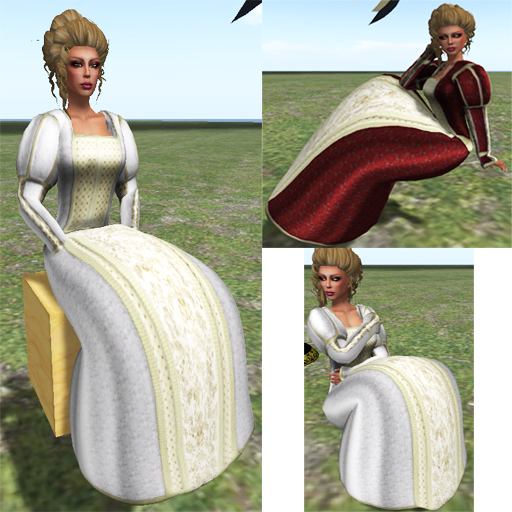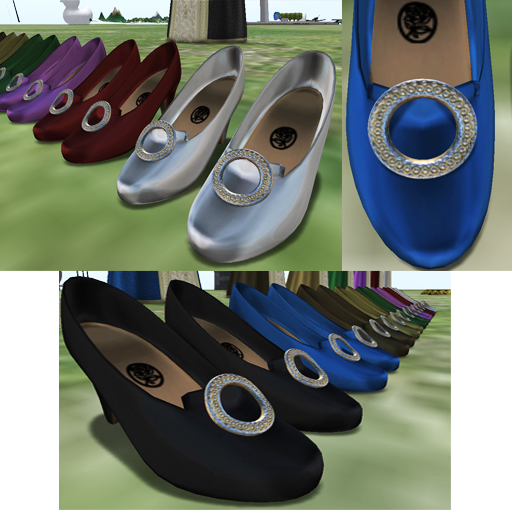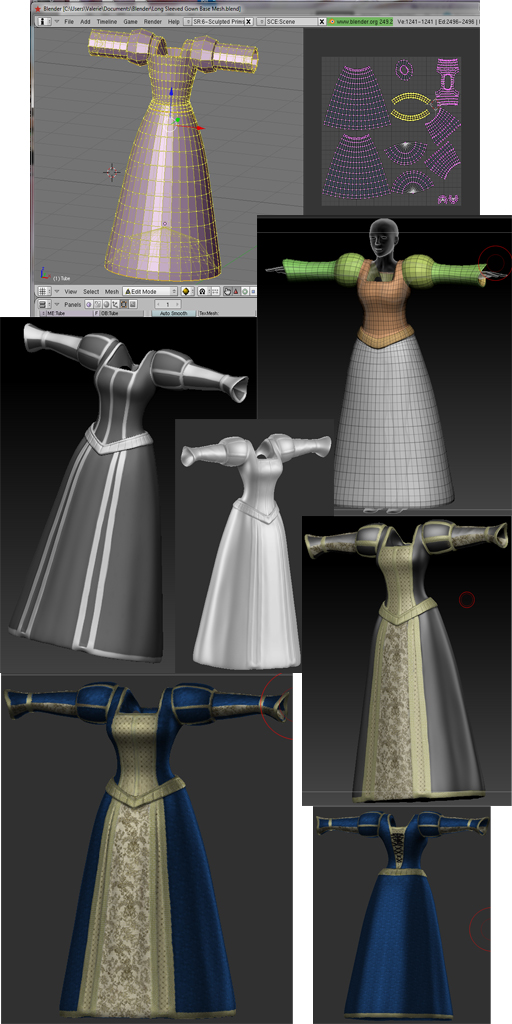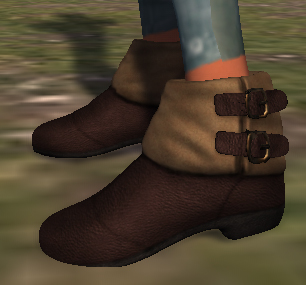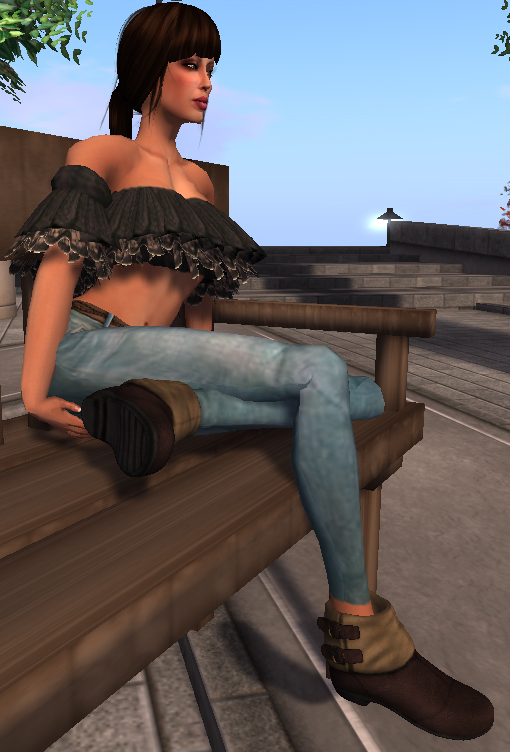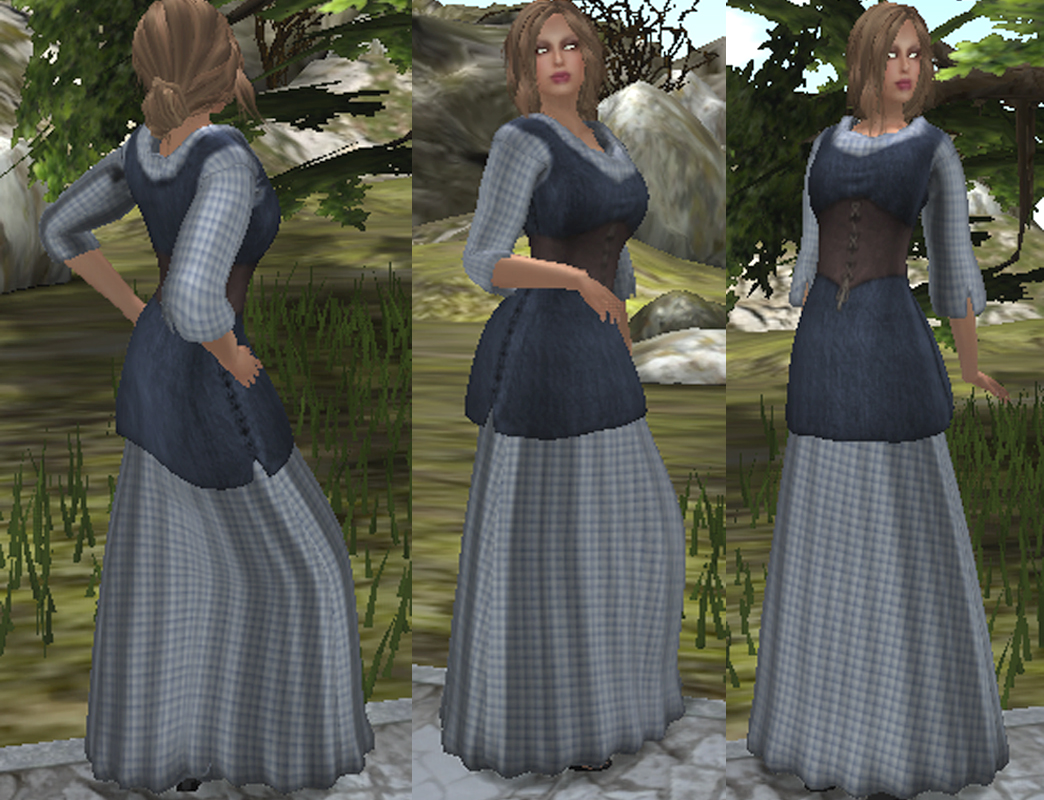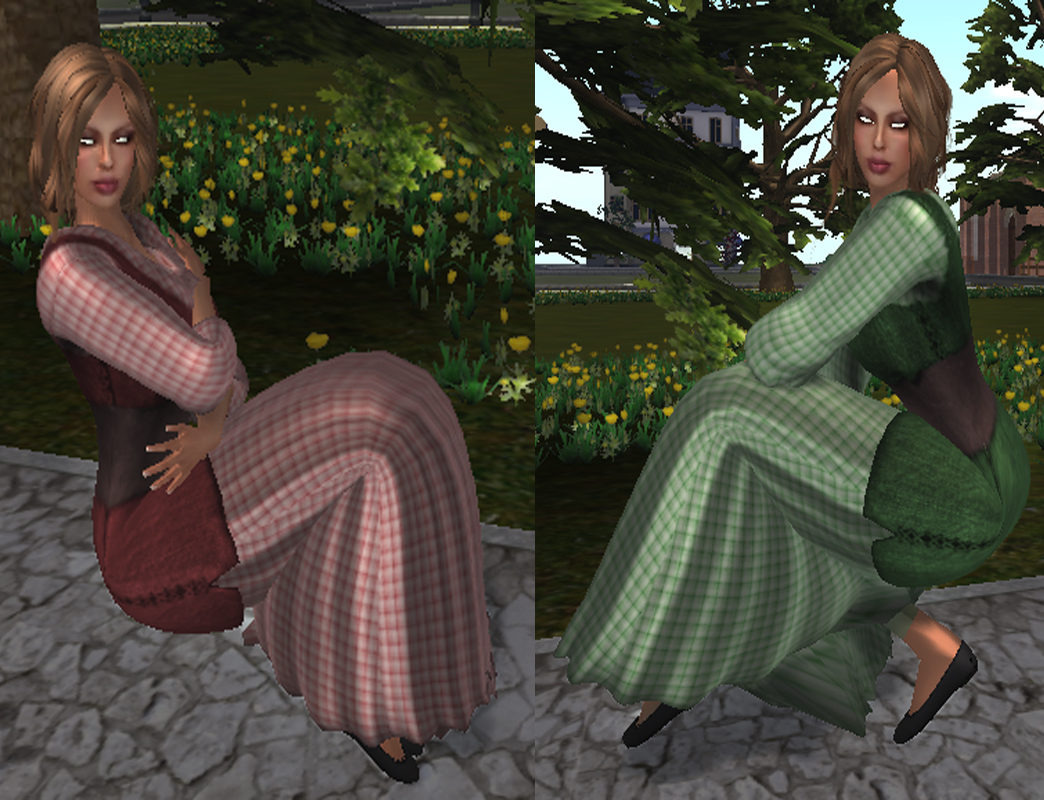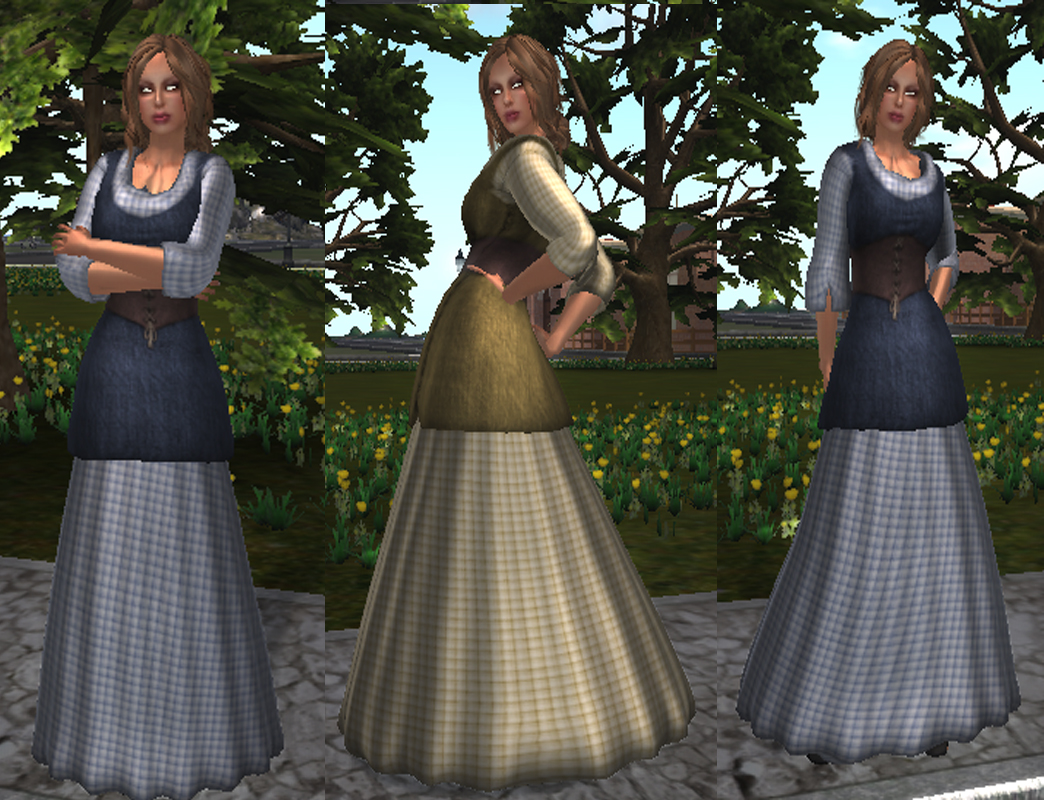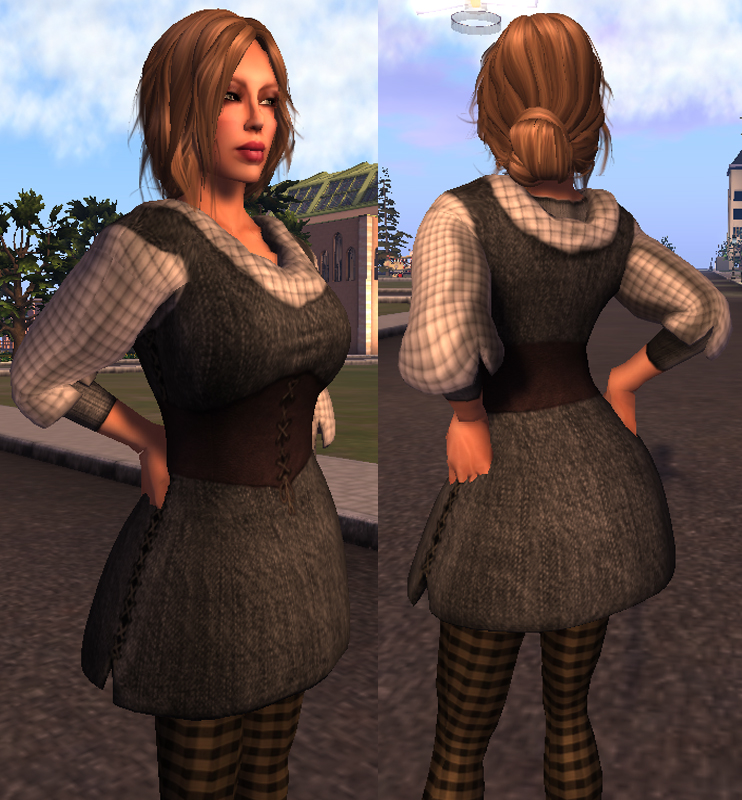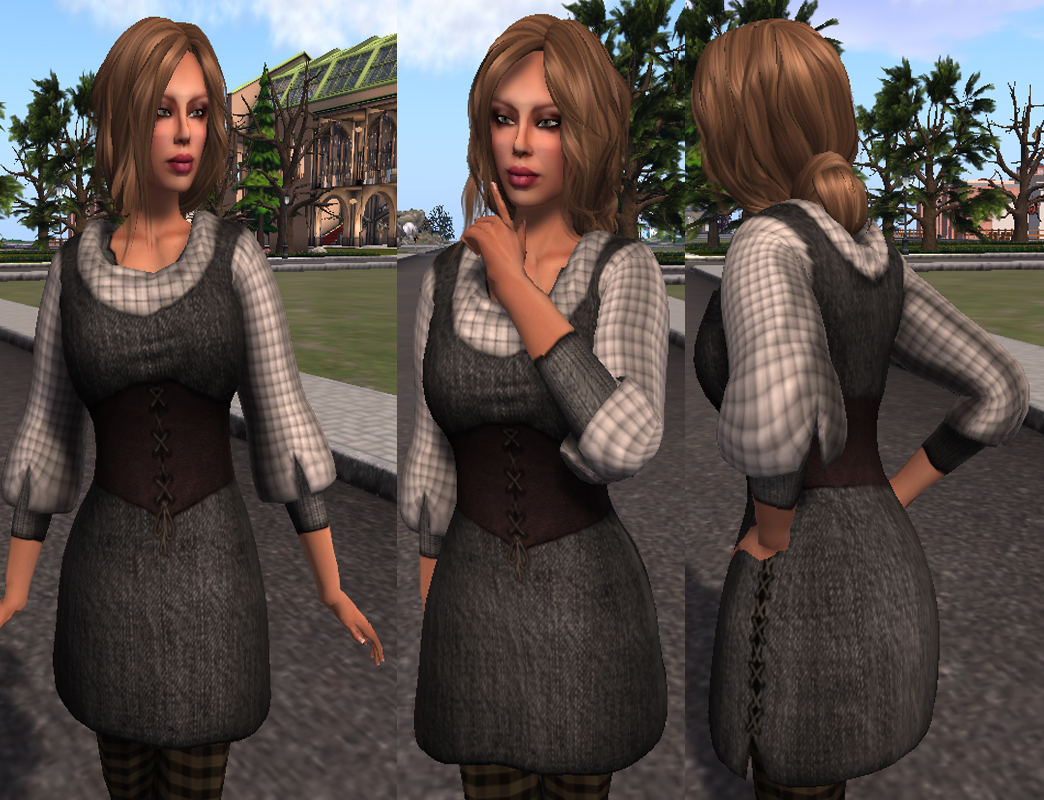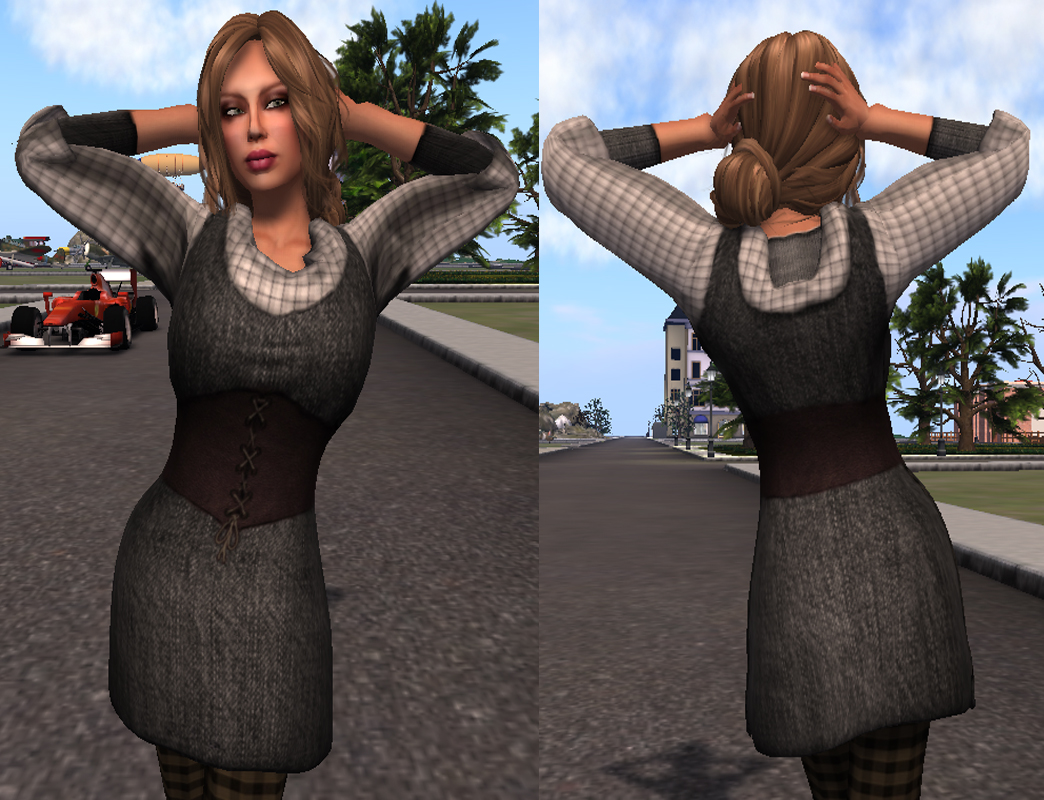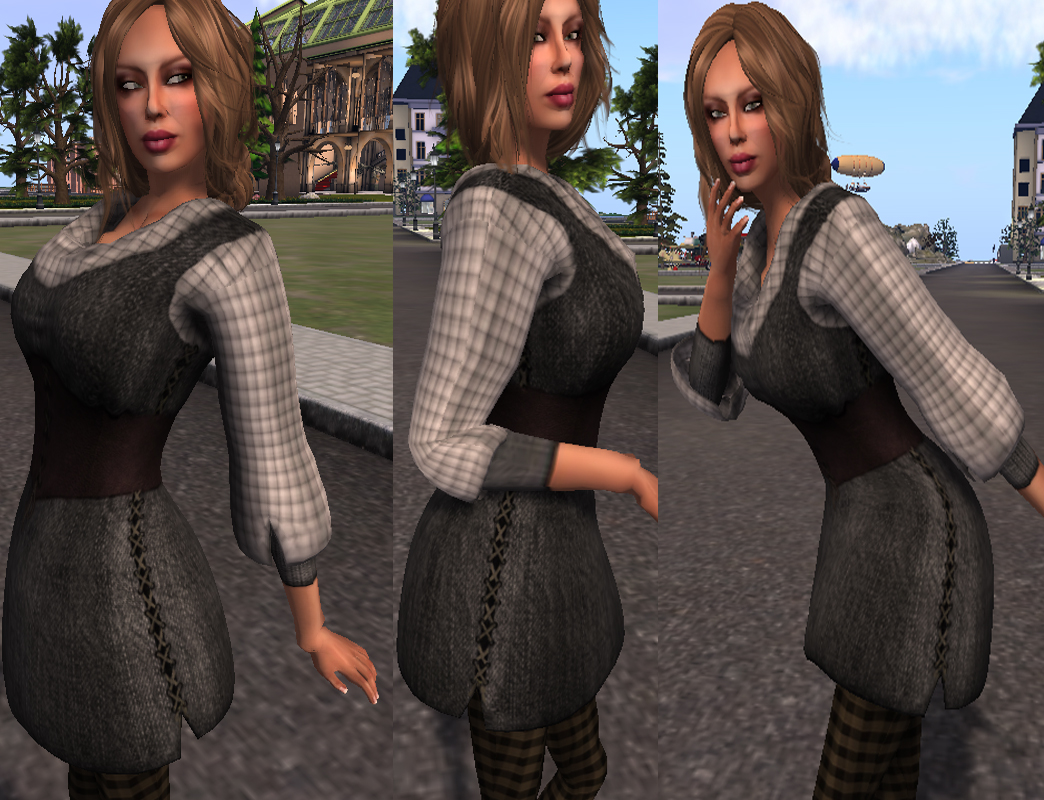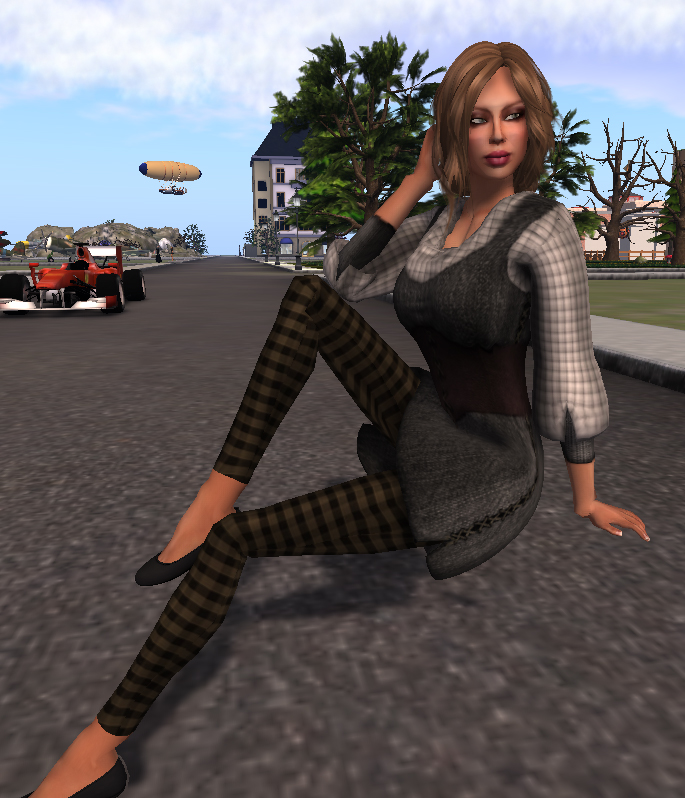I have been attending mesh office hours on the beta grid for some time now. There are usually four or five Lindens in attendance. Nyx Linden, Vir Linden, Runitai Linden, and Prep Linden are the regulars. I have seen a “Tester” (the last name of Tester also indicates a Linden Lab employee) who identified himself as Dan Linden. Today there was a new Linden make an appearance: Charlar Linden. Nyx introduced Charlar as the new product owner of mesh.
There has been a lot of optimism with the coming of a new CEO, Rod Humble, who has a strong gaming background. I don’t know if that is why there is a new product owner for mesh or not. There could be a multitude of reasons why mesh was assigned to a new product owner. However the fact that it was at least indicates that the coming of a new CEO has not changed mesh as a priority. The number of lindens involved would suggest the large team is active in bringing mesh to the main grid and that it remains a priority for Linden Labs.
To the frustration of many residents, Lindens at these office hours adamantly refuse to estimate a date or even rough time frame for release of mesh to the main grid. Content creators and Second Life business people need to plan the release of new products on a continuous basis. Some are wondering if they should be preparing new products using mesh on the test grid to have them ready for release with the coming of mesh to the main grid, or if they should continue to work using normal prims and sculpties. If mesh might come to the grid within a couple of months then it is reasonable for them to hold new releases for that time. But if mesh might not come for 3 to 6 months, then it would be in their best interest to continue using existing tools; no one wishes to go more than three months without a new product release. I do understand the hesitation of Linden Labs to estimate a date given the disappointment and angry backlash when the target date is missed. However that must be balanced against the needs of Second Life content creators and business people.
With that in mind I decided to attend the office hours to try to get a feel for where things are and to be able to make some kind of guess as to when mesh might come to the main grid. The first thing to look at is what is being worked on right now. There is a viewer 2.5 beta that you can download to use on the main grid with many new features. One of the new features addresses the problem of prim encroachment, large prims sticking out over property borders onto that of another person. Previously there was not much you could do about that. This new feature will enable you to return encroaching prims. With the coming of mesh they are increasing maximum sizes from 10 m to 64 m, and this will apply not just to mesh but to all types of prims. This is a welcome development, but one sees the need for a method to return large items across the property line onto your property. There have been some difficulties with the implementation of this, but it appears to me that this feature is nearing completion and is almost ready for the main grid.
Many people have asked at the office hours about new features, but the response has very firmly been that there will be no new features added to mesh before first release to the main grid. Current work is focused on fixing bugs and hammering out details to bring mesh to the grid pretty much as we see it now on the beta grid. They are working on things such as optimization of the rendering pipeline for mesh and textures, making the mesh import wizard and interface easier to use, and bugs that crop up such as mesh sometimes not appearing. This is what a beta test is for, to find problems and work them out.
There are also some decisions to be made about the calculation of prim equivalencies for mesh. With sculpties, it is simple: one sculptie equals one prim. Mesh is not like that. One mesh might equal one prim, or four prims, or 322 prims, or any number depending on several factors. The factors are the number of triangles in the mesh, the physics shape of the mesh, and the levels of detail (LOD) provided by the maker or calculated by the importer. There is a formula for calculation of the physics cost posted on the mesh wiki, but you need to be up to date on your calculus to even begin to understand the formula. Runitai Linden has indicated that they are tweaking that formula to reward good mesh and good LOD creation, and discourage poor mesh and poor LOD creation.
Linden Labs is exploring methods to discourage the import of 3-D content ripped from other games and content available at no cost or at cost from being brought into Second Life and resold without proper licensing permission. Linden Labs has had a DMCA process for some time to deal with theft of content in the world made by residents. Something more is needed to deal with the mass of 3-D content available on the web. Popular games such as World of Warcraft have had much of their content ripped. Should that content show up in Second Life, the developers of these games would have the financial resources available to pursue costly legal action against Linden Labs and good motivation to protect their product. They would no doubt be vigilant and quick to take legal action. From what I understand they are exploring options such as decreasing the anonymity of mesh importers, perhaps creating developer accounts or limiting mesh import to premium accounts or accounts with payment information on file. These things are being considered, but no decisions have been released.
I am sure that there are many more issues to be resolved before mesh can be released to the main grid that I am unaware of. I have been able to glean this much from attending the office hours.
I do not have an inner source of information. What I give you now is just my personal opinion. Given all of the above, I do not think that mesh will come to the main grid before March 2011. I don’t know if it will come to the main grid in March, and suspect that it may be April or May. It is clear that there is still much work to be done. I would certainly hope to see it on the main grid by June.
My advice to content creators is to experiment on the beta grid to learn the ins and outs of mesh creation and import so you are ready for mesh when it comes, but to continue to work with existing tools on the main grid to keep a steady stream of new products coming.
